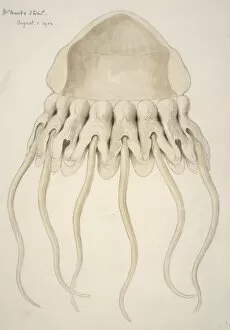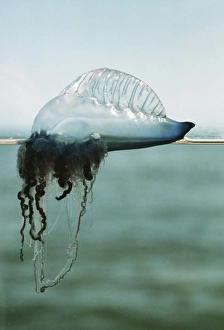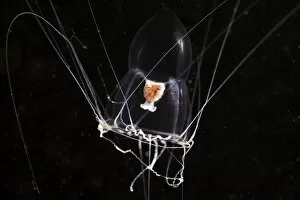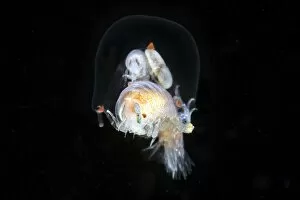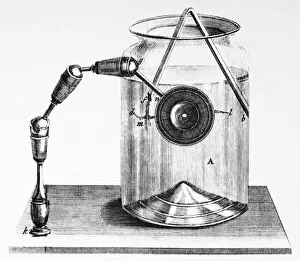Hydrozoan Collection (page 3)
The hydrozoan, also known as the Portuguese man o war (Physalia physalis), is a fascinating creature found in various parts of the world
All Professionally Made to Order for Quick Shipping
The hydrozoan, also known as the Portuguese man o war (Physalia physalis), is a fascinating creature found in various parts of the world. In Tenerife, Canary Islands, one can witness the stunning beauty of this marine organism. With its vibrant colors and long tentacles trailing behind it, the Physalia physalis floats gracefully on the ocean's surface. But beware. The allure of this creature hides its deadly nature. Its venomous tentacles can deliver excruciating pain to anyone unfortunate enough to come into contact with them. However, there are some exceptions to this rule. The Man-of-war fish (Nomeus gronovi) fearlessly resides within these dangerous tentacles, displaying an incredible resistance to their toxin that surpasses other fish by tenfold. In Dominica, Caribbean Sea, Atlantic Ocean, another remarkable sight awaits - the Blue dragon seaslug (Glaucus atlanticus). This tiny sea slug showcases a striking blue coloration and is often found alongside a Blue button hydroid colony (Porpita porpita). Interestingly enough, both species have evolved to prey upon Indo-Pacific Portuguese man-of-war (Physalia utriculus) and possess immunity against their venom. Moving away from oceans and towards garden ponds in Derbyshire, UK. , we encounter Green hydra (Hydra viridissima). These freshwater hydrozoans add a touch of enchantment with their vivid green appearance amidst aquatic plants. Venturing deeper into the depths of Trondheimsfjord in Norway's Atlantic Ocean reveals yet another captivating hydrozoan - Crystal jellyfish (Aequorea victoria). Illuminated by bioluminescence in deep waters, these translucent creatures create an ethereal spectacle that leaves viewers mesmerized.

